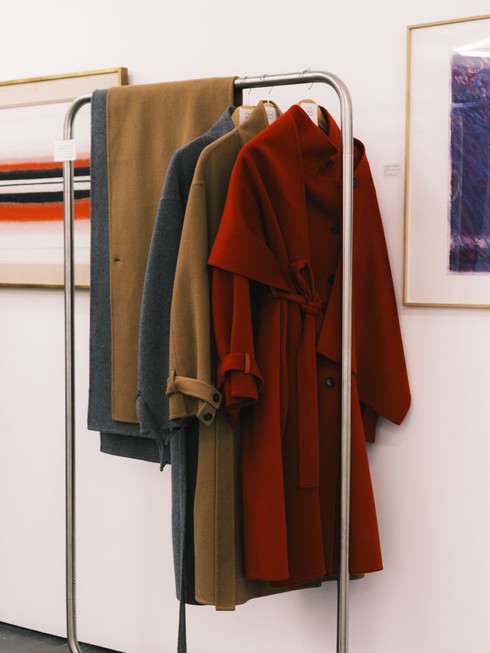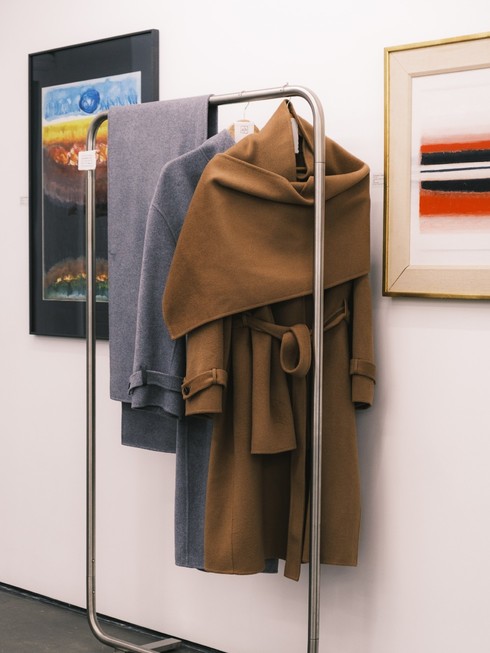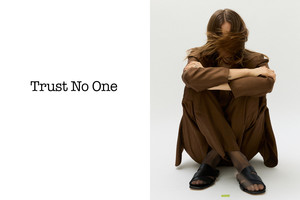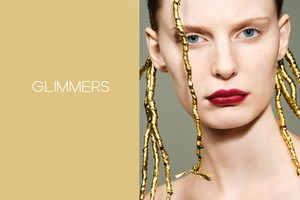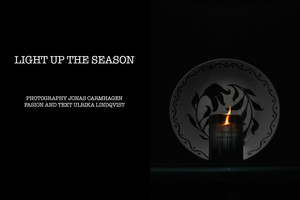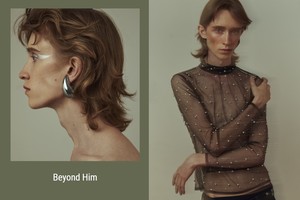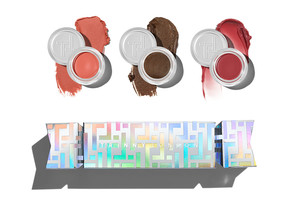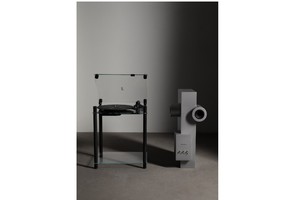Interview: FoundPop – Where Design Meets Innovative Retail Experiences
Written by Jahwanna BerglundWe caught up with the team behind FoundPop to explore how they’ve carved a niche in redefining the physical retail experience in a world increasingly dominated by e-commerce. Born from the award-winning architectural practice Found Associates, FoundPop offers design-led, sustainable, and flexible furniture solutions for pop-ups and experiential spaces. Founder Richard Found and hes team shares how the company emerged as a lifeline for brands navigating the post-Covid retail landscape, while staying true to its ethos of sustainability and innovation. With a portfolio that spans global icons like Prada and Harrods to emerging talent and independent brands, FoundPop’s story is one of creativity, adaptability, and a bold vision for the future of retail.
Jahwanna Berglund: FoundPop has become synonymous with innovative pop-ups and experiential retail. Can you share the story behind its founding and the inspiration that sparked it?
FP: FoundPop was born out of award winning Architectural practice Found Associates known for its work across retail, office and residential sectors. Richard Found established FoundPop to fulfil the need that many retail clients had for furniture that was not only design led and high quality but affordable, customisable and easy to assemble. Due to rising costs associated with renting long term retail spaces and the instability across several industries following Covid - FoundPop offers a more flexible solution to clients who still value face to face interactions with customers. We are able to support ecommerce brands with their first pop-up store, enable brands to test new markets or launch new products through activations and collaborate with agencies to create experiential events. Over the past few years we’ve been able to work with brands like Prada, Represent, AMI Paris, department stores like Harrods and Liberty as well as smaller independent brands like Rixo and Molly Goddard.
JB: Sustainability and design-forward thinking are central to FoundPop’s ethos. How do these values shape your approach to projects and partnerships?
FP: One of the key selling points for our furniture is how versatile it can be. We’ve created modular pieces that are ‘ego-less’ - designed to create physical spaces that can be interpreted entirely by the brand or agency renting the items. This has enabled us to work with a wide variety of clients so although FoundPop has been born out of a retail need - we do not work exclusively with fashion brands only. We love the variety!
That being said, it is incredibly exciting when we’re able to work with someone who also reflects the same values as ourselves. We want our furniture to be functional but it’s important that it also enhances spaces and offers something more elevated than regular rental furniture. We’ve worked across a variety of premium spaces like 180 The Strand, Liberty London as well as a number of luxury hotels where attention to detail and design are key.
As part of the circular economy we also have a big focus on sustainability and it is our company mission to try to be as environmentally friendly as possible. We are working to achieve B Corp status within the next 3 years and love when we get to work with brands that are either already B Corp or working towards something similar. All our furniture is made from sustainably sourced materials and we have a thorough QC process in place to ensure we regularly action repairs to increase the life expectancy of each item. When furniture eventually becomes too damaged to repair - we recycle instead. Over the past few years we’ve been able to work with a number of environmentally first brands like Pangaia, OMNES, Damson Madder, Chantecaille and Nobody’s Child to name a few.
JB: Many designers and founders dream of opening a pop-up or showroom. What advice would you give to someone entering the world of physical brand activations for the first time?
FP: Do it! We live in an increasingly more online world but the power of face to face interactions and in person activations can’t be underestimated. They’re such a great way to test the waters before committing to a long term store, as a fun marketing tool to launch a product or stage a one off sample sale. Make sure to spend time researching the location and size of space best suited to your brand and give yourself plenty of time to plan and advertise the event to ensure as many people can visit as possible. Don’t be afraid to look into customisation as a way to personalise your event further - we are able to arrange window, floor and full furniture vinyl wrapping which are all hugely popular.
JB: You have worked on many unique projects. Can you share a particularly memorable collaboration and what made it stand out?
FP: There are so many! Every year we collaborate with Graduate Fashion Week organised by the Graduate Fashion Foundation who support and empower emerging designers through their platform. They hold an annual event to showcase Graduate designs and offer employment opportunities and it’s been such a fantastic event to be a part of. Other notable events include; Peggy Gou’s album launch party, Realisation Par’s first London sample sale and most recently Off White’s Archive sale.
JB: Are there any dream partnerships or industries you’d like to explore in the future?
FP: Although we’ve been able to work with a wide variety of brands and industries to date - we are keen to continue to expand even further outside of Fashion and explore new verticals. There are lots of exciting things happening in the Cosmetics space as well as Health & Wellness and it would be great to see where this might take us next year. We’re also keen to collaborate more with specific venues - we’ve provided furniture for a number of top locations in London like 180 The Strand, Somerset House, the Tate Modern as they choose us for our design-led appeal. It would be great to see where else we can take our furniture as we continue to expand outside of a traditional retail space.
JB: As FoundPop continues to grow, what can we expect in terms of new services or innovations on the horizon?
FP: We are always wanting to innovate and there are several things on the horizon. It is definitely our plan next year to not only continue to expand across the UK but also into Europe as well. We have many requests for activations in Europe and it’s really exciting to think we might be able to offer this soon. We also want to broaden our offering - we have a lot of interest in additional items like mannequins, lighting, soft furnishings and it would be great to see how we can build these into our current range in a design-led, sustainable way. Lastly, we are always wanting to improve on the functionality of our furniture - there are always innovations to be had in terms of design - we want to make sure we are still paving the way there!

